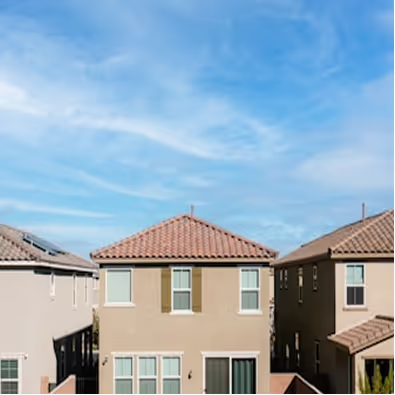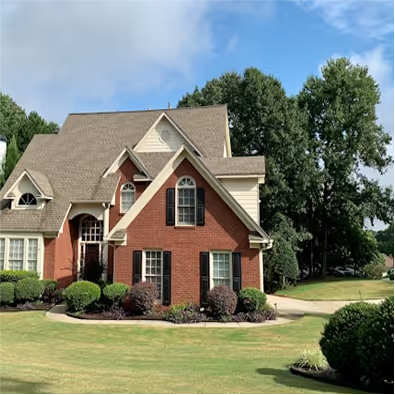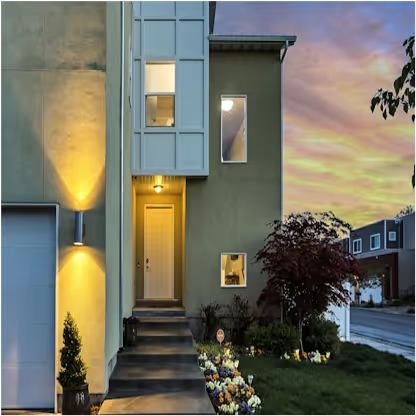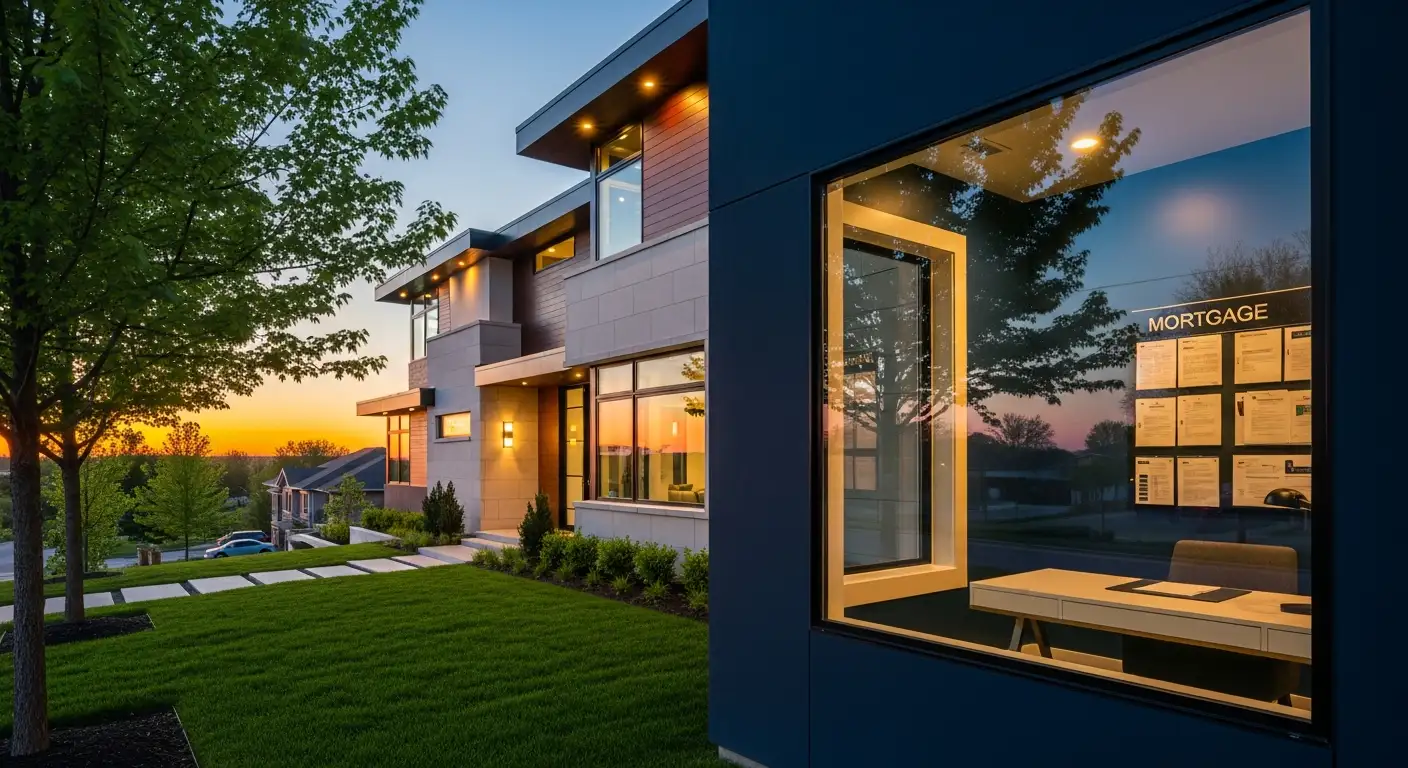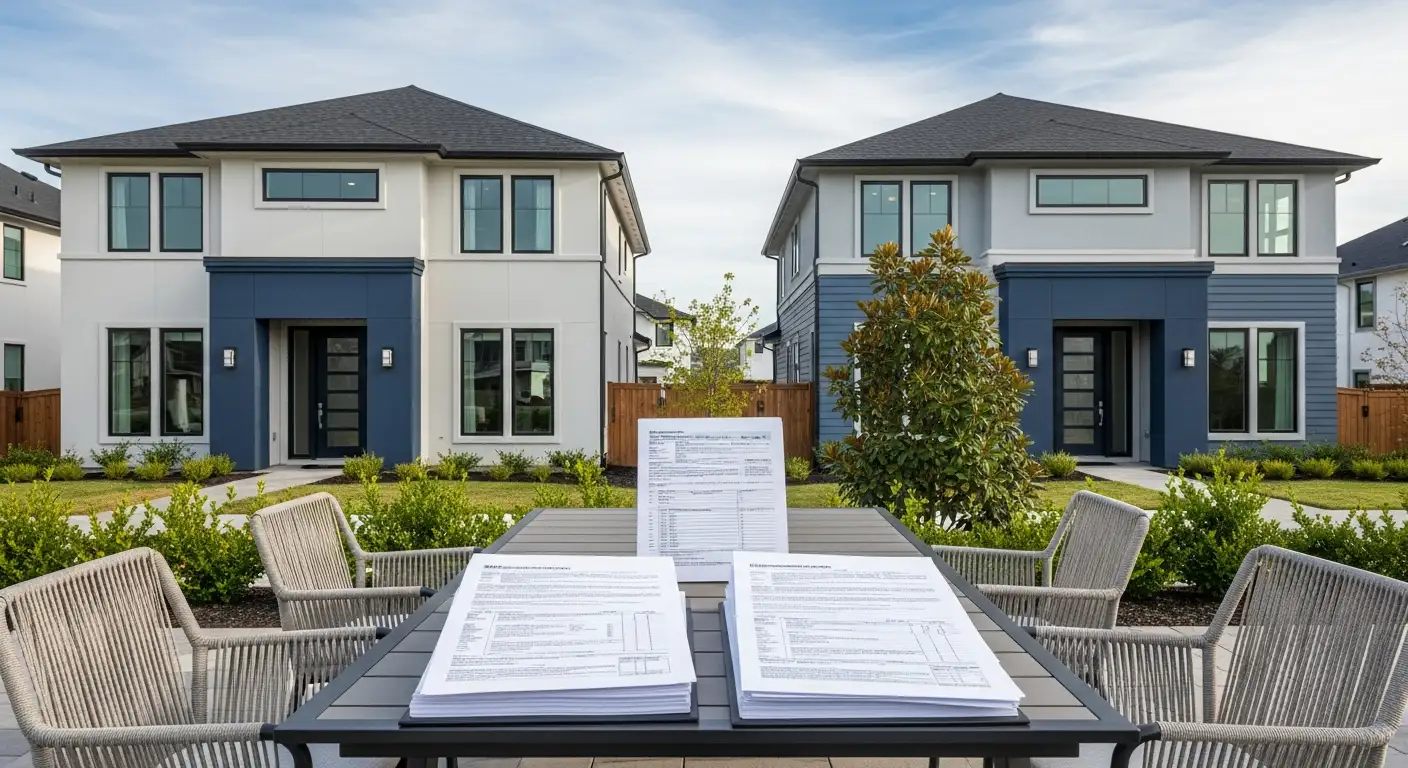Understanding Fixed-Rate Mortgages
For homeowners looking to settle down and remain in their property for an extended period, selecting the right mortgage type is crucial. Fixed-rate mortgages offer a reliable path to financial stability by locking in a consistent interest rate and predictable monthly payments throughout the life of the loan. This article explores the advantages of fixed-rate mortgages specifically for long-term homeowners and why they stand out in today's mortgage landscape.
The Essence of Fixed-Rate Mortgages: Stability and Predictability
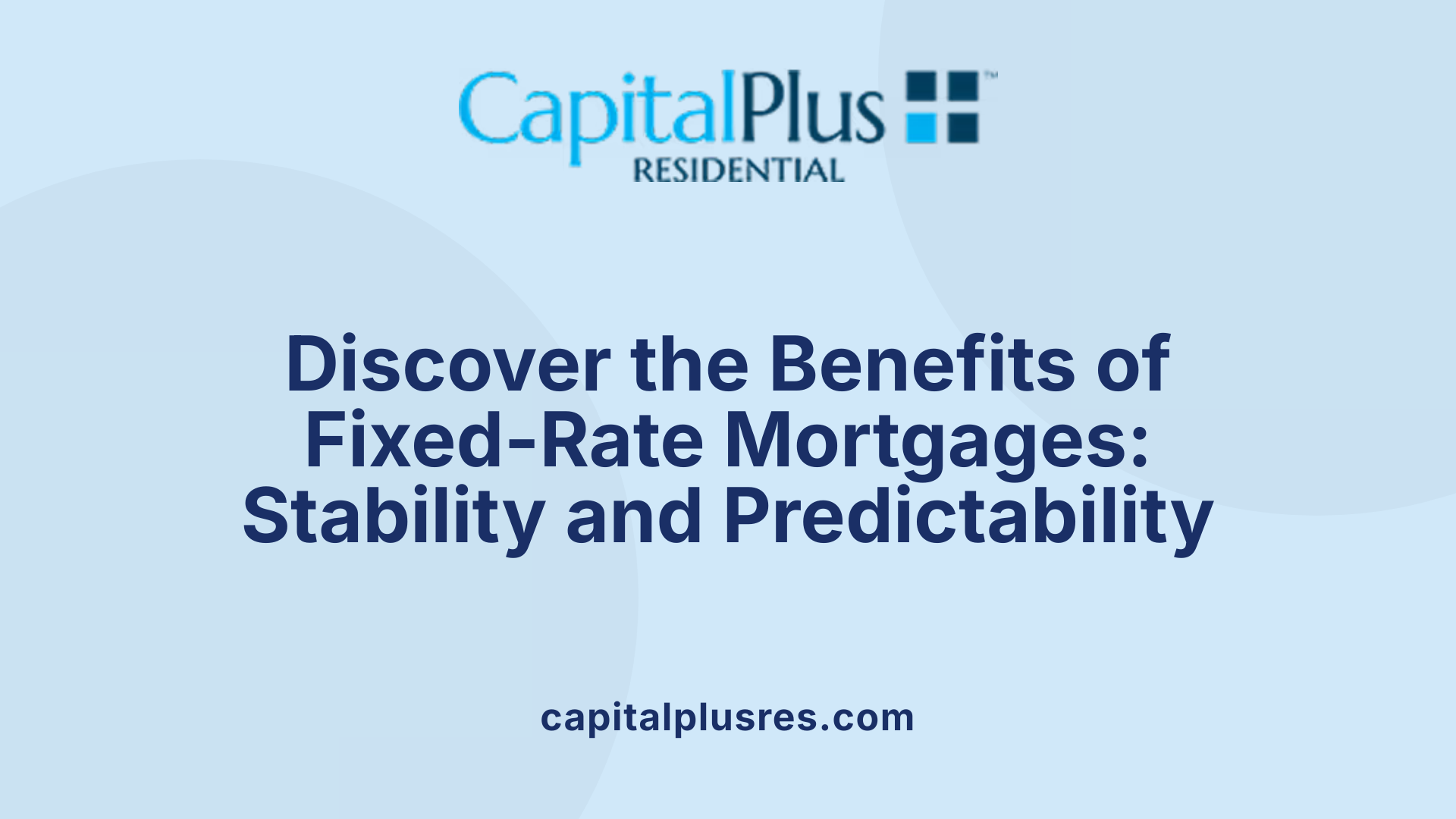
What is a Fixed-Rate Mortgage?
A fixed-rate mortgage is a home loan where the interest rate remains the same throughout the entire loan period. This steady rate means that borrowers have predictable payments without fluctuations due to market changes.
How Does a Constant Interest Rate Impact Payments?
Because the interest rate does not change, monthly payments are stable. Homeowners know exactly how much they need to pay each month, making budgeting simpler and more reliable over time.
What Are Typical Loan Terms for Fixed-Rate Mortgages?
Fixed-rate mortgages usually come with loan terms of 15, 20, or 30 years. These longer terms allow for manageable monthly payments, though they may result in paying more interest over the life of the loan compared to shorter terms or adjustable-rate mortgages.
This combination of a constant interest rate and predictable payment schedule makes fixed-rate mortgages especially appealing for buyers intending to stay in their homes for many years, offering financial security and ease in planning household budgets.
Financial Security Through Protection Against Interest Rate Fluctuations
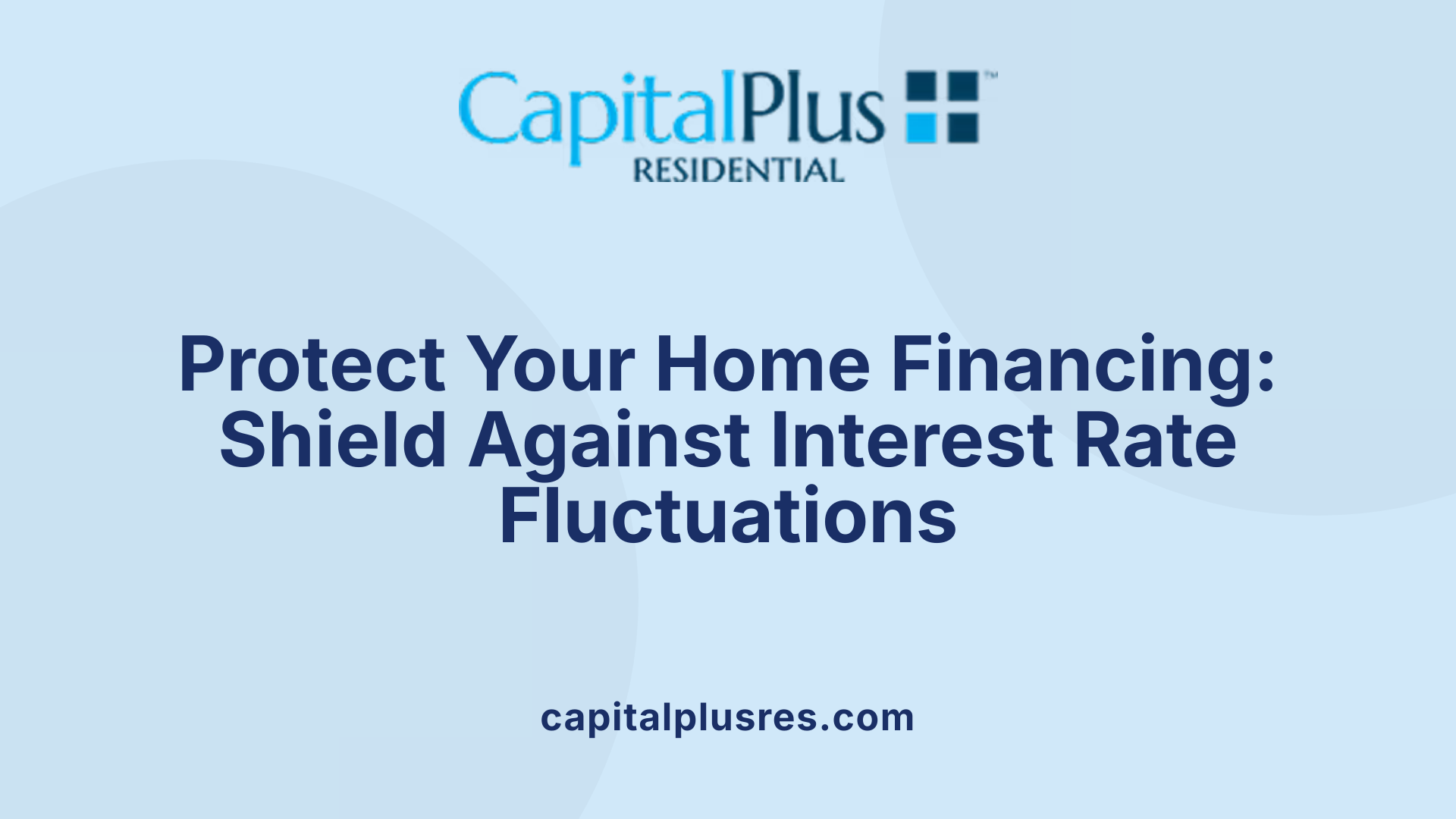
How Do Fixed-Rate Mortgages Protect Homeowners from Rising Interest Rates?
Fixed-rate mortgages offer homeowners strong protection against the uncertainty of rising interest rates. By locking in a constant interest rate at the start of the loan, borrowers are shielded from future rate increases that could otherwise raise monthly payments.
What Does "Locking in" a Favorable Rate Mean?
Locking in a rate means the borrower secures the current interest rate during the mortgage application process, often through a rate lock agreement. This prevents fluctuations in the market from affecting the interest rate they will pay, giving peace of mind during the home buying process.
What Risks Do Fixed-Rate Borrowers Avoid?
Borrowers with fixed-rate mortgages avoid the risk of sudden and unpredictable payment increases that can come with adjustable-rate mortgages (ARMs). This financial security helps with stable budgeting and planning, particularly beneficial for those intending to stay in their homes long-term.
Can Borrowers Lock Their Rate During Application?
Yes, most lenders allow a rate lock during the mortgage application, which guarantees the locked-in interest rate for a specific period. This feature protects against changes in market rates before closing, providing confidence and control over the loan terms.
Overall, fixed-rate mortgages deliver a sense of financial security by maintaining consistent payments regardless of market conditions, making them a popular choice for homeowners prioritizing stability and predictability in their mortgage.
Simplicity and Budgeting Ease for Long-Term Homeowners

Why Does a Fixed-Rate Mortgage Make Financial Planning Easier?
A fixed-rate mortgage offers consistent monthly payments because the interest rate stays the same throughout the loan term. This steadiness means homeowners can plan their finances without worrying about fluctuating mortgage bills impacting their budget unexpectedly.
How Does a Fixed-Rate Mortgage Eliminate Payment Surprises?
Unlike adjustable-rate mortgages that can change based on market conditions, fixed-rate mortgages lock in a rate upfront. This guarantees that payments for both principal and interest will not increase or decrease, providing peace of mind and eliminating surprises in household expenses.
In What Ways Does Payment Predictability Benefit Household Budgets?
Knowing the exact amount due each month allows homeowners to allocate income confidently, manage other financial goals, and avoid stress caused by unpredictable costs. The stability of payments helps maintain a balanced budget even during economic uncertainties.
How Do Steady Principal and Interest Payments Support Budgeting?
Since principal and interest payments remain unchanged over the life of the loan—typically 15 to 30 years—homeowners can forecast long-term expenses accurately. This consistency simplifies tracking debt reduction progress and contributes to financial security throughout homeownership.
Comparing Fixed-Rate and Adjustable-Rate Mortgages (ARMs) for Homeowners
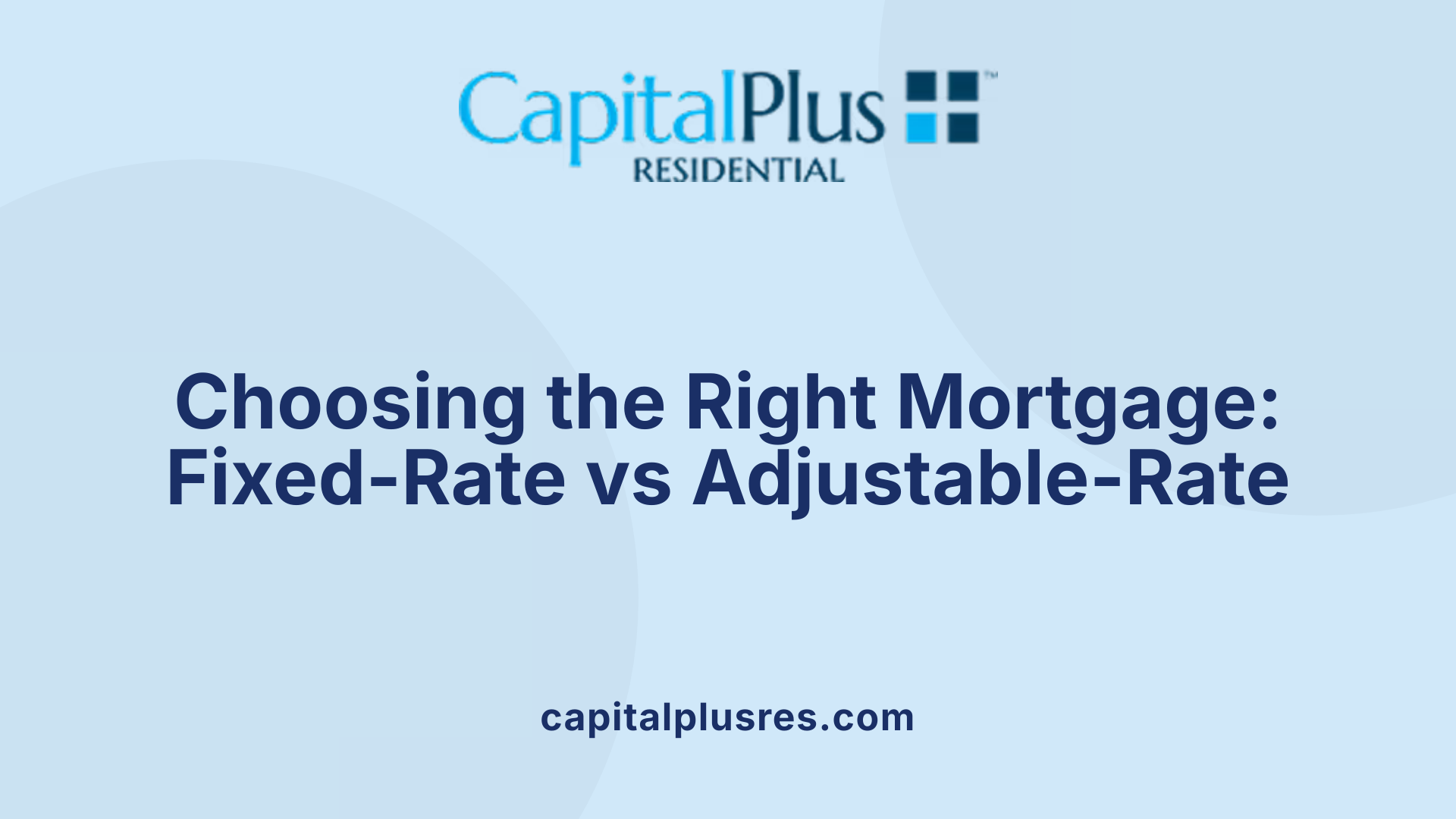
What is the difference between fixed-rate and adjustable-rate mortgages?
A fixed-rate mortgage has an interest rate that remains constant throughout the loan term, ensuring stable monthly payments. In contrast, an adjustable-rate mortgage (ARM) starts with a lower initial interest rate but adjusts periodically based on market conditions, such as an index rate plus a margin. ARMs often include caps that limit how much the interest rate can increase during each adjustment and over the life of the loan.
How do initial interest rates compare between the two?
Typically, fixed-rate mortgages have higher initial interest rates compared to ARMs. However, the fixed-rate provides long-term payment stability, while ARMs offer lower starting rates but come with the uncertainty of future adjustments tied to market fluctuations.
Which mortgage suits long-term homeowners better?
Fixed-rate mortgages are especially suitable for individuals planning to stay in their homes for 10 years or more. They offer predictability and protection from rising interest rates, making long-term budgeting easier. On the other hand, ARMs may benefit short-term homeowners who expect to move or refinance before the adjustable period begins.
What are the risks and benefits of each mortgage type?
Fixed-rate mortgages provide stability and safeguard against market rate increases but may result in paying more interest over the loan's life due to longer terms and higher initial rates. They also allow refinancing if market rates drop, though this can involve costs and qualification steps. ARMs carry the risk of increasing payments over time, but their lower initial rates might save money for those not staying long-term.
This comparison highlights that the choice between fixed-rate and adjustable-rate mortgages depends on one's financial situation, risk tolerance, and homeownership plans.
Loan Term Considerations and Interest Paid Over Time
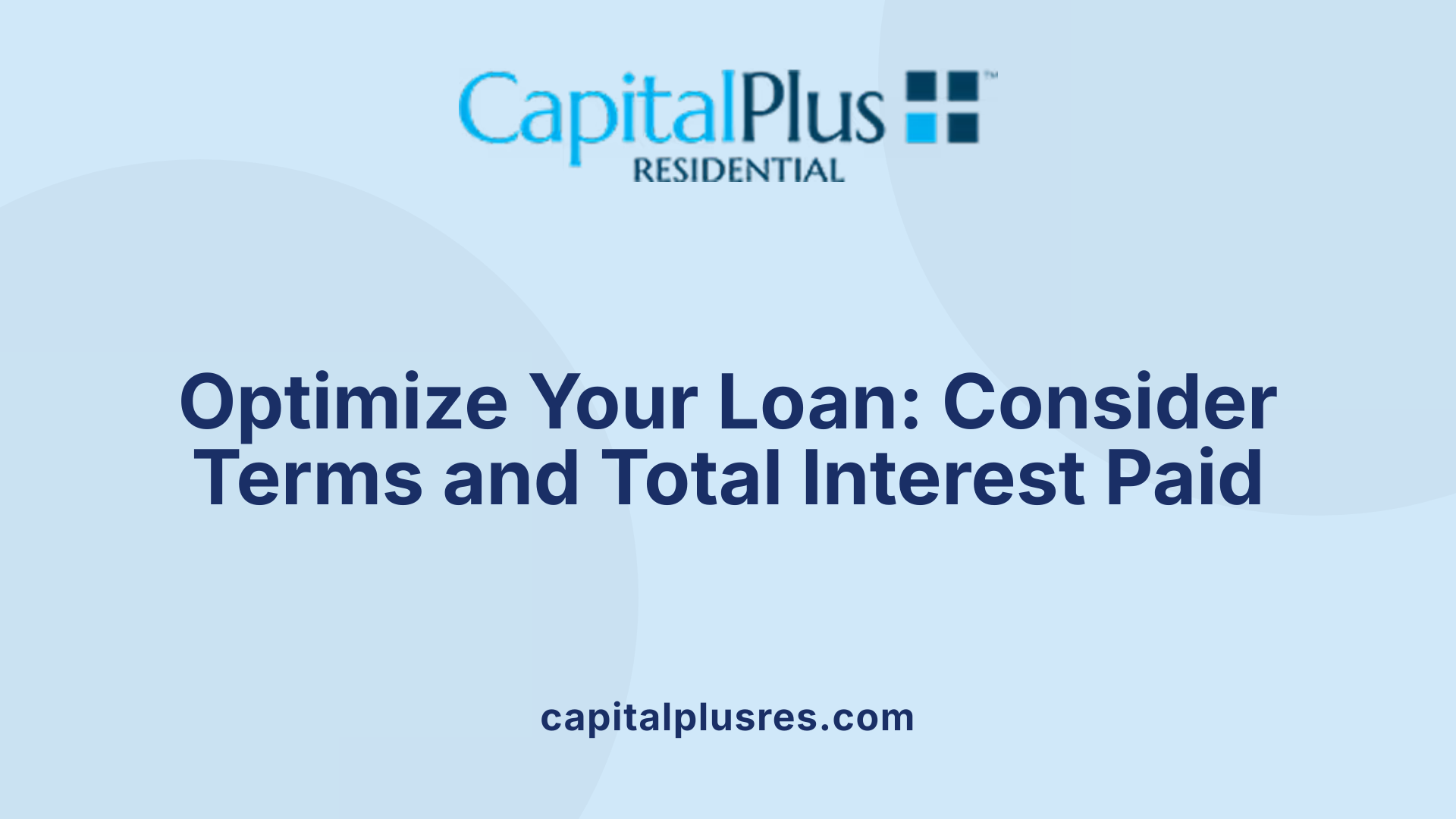
What are the typical durations for fixed-rate mortgages?
Fixed-rate mortgages are commonly offered in 15, 20, and 30-year terms. These durations allow borrowers to choose a loan length that fits their financial plans and homeownership goals.
How do longer loan terms impact total interest paid?
Longer loan terms, such as 30 years, generally result in lower monthly payments but lead to more interest paid over the life of the loan compared to shorter terms. While extended durations provide payment stability, they increase the overall cost due to accumulating interest.
How can homeowners balance stability with total interest costs?
Choosing a loan term involves balancing the desire for stable, manageable monthly payments against the goal of minimizing total interest expenses. Borrowers seeking predictability and long-term budgeting ease often prefer longer terms despite higher interest, while those aiming to reduce costs might opt for shorter durations.
Are there refinancing options if rates drop?
Homeowners with fixed-rate mortgages can consider refinancing to lower their interest rate when market rates decline. Refinancing involves applying for a new loan with better terms but requires qualification and may incur fees. This option can reduce monthly payments or shorten the loan term, helping to manage long-term expenses effectively.
Why Fixed-Rate Mortgages Are Ideal for Financially Conservative Borrowers
Suitable for Those Seeking Certainty
Fixed-rate mortgages are an excellent choice for borrowers who prioritize financial certainty. With an interest rate that remains constant throughout the loan term, homeowners know exactly what their monthly payments will be, eliminating surprises.
Avoiding Risk from Market Fluctuations
Unlike adjustable-rate mortgages that fluctuate with market conditions, fixed-rate mortgages shield borrowers from interest rate increases. This protection is particularly valuable during periods of rising rates, ensuring that payments stay stable regardless of market changes.
Preference for Stable Payments Over Loan Life
These mortgages provide stable and predictable payments on both principal and interest, making budgeting easier. The consistent payment structure benefits those who want to avoid the stress of changing mortgage costs over time.
Important for Homeowners Planning 10+ Years
Fixed-rate loans, typically offered in 15, 20, or 30-year terms, are especially advantageous for individuals who intend to stay in their home long-term—usually 10 years or more. This long-term stability supports careful financial planning and peace of mind throughout the years of homeownership.
Long-Term Homeownership Thrives with Fixed-Rate Mortgages
For homeowners planning to stay in their residence for a decade or longer, fixed-rate mortgages offer unmatched advantages. The predictability of steady monthly payments, protection against rising interest rates, and simplicity in financial planning combine to provide peace of mind and financial control. While they might come with higher initial interest rates and potentially more interest over the life of the loan, these trade-offs are well worth the stability and security. Choosing a fixed-rate mortgage aligns perfectly with long-term homeownership goals, helping individuals build lasting roots without the uncertainty of fluctuating mortgage costs.
References
Latest Blog


Get Pre-Approved Today
Start your secure online application now so you can get pre-approved for a mortgage (and close on your dream home) quickly within 5 minutes.

